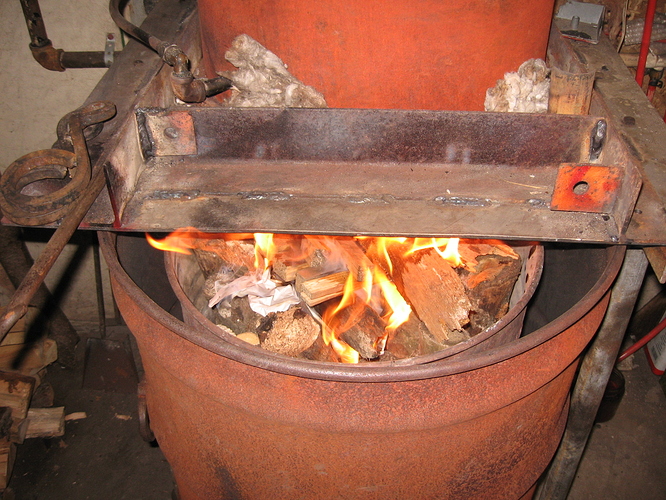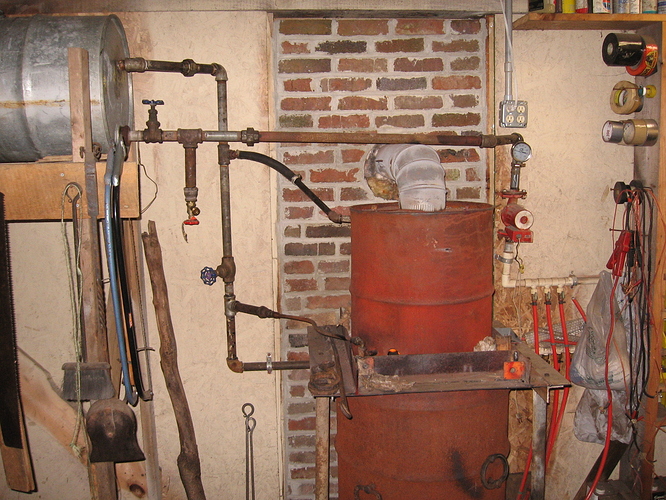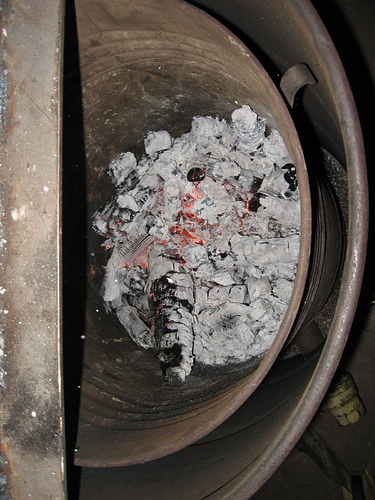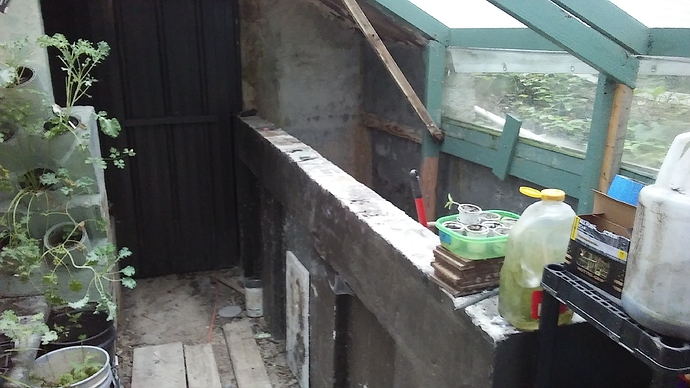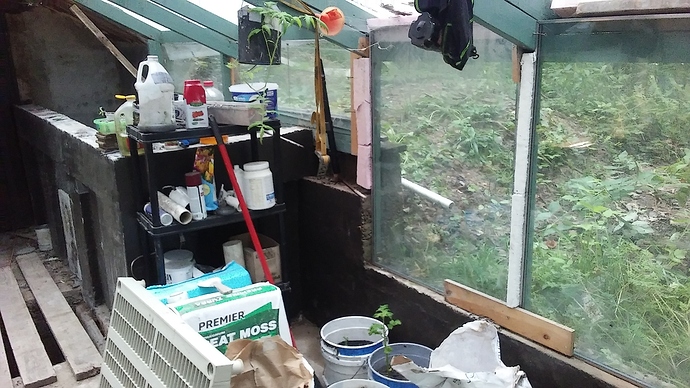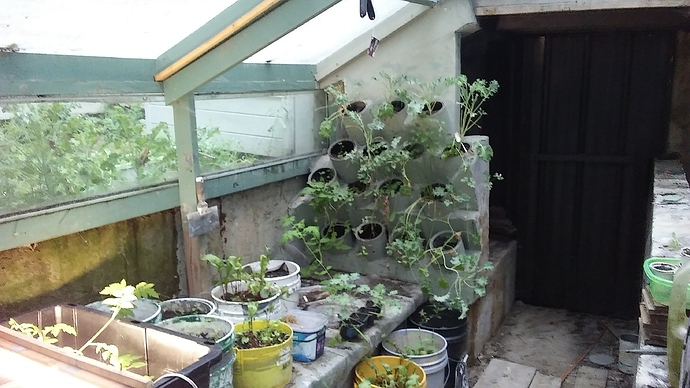I’m bad with keeping links. I would have to do a search on ebay.
My response is only to using engine vibration.
Done it. It works.
It works too well.
You can shake down too much should be active charcoal below the active zone.
Engine vibration is near-impossible to easily cut-in/cut-out for time duration. Or regulated for the the actual applied force.
As a reference the Ben’s long evolved designed wood gasifiers: he found 3 seconds activation every three minutes was the optimal for his systems grate activation. Too much, too long, lost too much fuel-char out of the active zone.
How to cut-in/cut-out engine vibration to anywhere near that need?
S.U.
https://www.ebay.com/itm/Digital-Red-LED-Temperature-Meter-for-K-Type-EGT-Probe-Temperature-Sensor-12V/253144734475 https://www.ebay.com/itm/Blue-LED-Digital-Temperature-Meter-for-K-Type-EGT-Probe-Sensors-12VDC-F/253144742842
These will work also, there are lots of different exhaust temp. gauges. Universal Exhaust Temperature Gauge Meter Ratio Led Display Engine Dial Smoke | eBay
We will be into trial and error pretty quick now Steve. I figured that the generator vibration would probably be less than a moving vehicle. Other than a few changes necessitated by available materials I’m following Don’s unit fairly closely so I planned to add some sort of grate shaker anyway. Just didn’t want to have to automate it.
We are in fall weather now Carl. September is our rainiest month. We just went though a long period of heat and humidity that never dropped below 70 per cent. Often in the 80’s. Don’t know much about what effect the climate has on making charcoal. I normally only make it around April to use as char in the garden. Now that I will be making it on a regular basis for fuel I need to work out a better system. I have a six hundred gallon water tank in the greenhouse and I’d like to heat the water for it. I’m trying to figure out a way to make charcoal and run a coil around the outside of the barrel to thermosyphon hot water into the tank and still be able to extract the charcoal barrel to empty it.
Haha, I was mostly wondering if you had to worry about burning your whole county to the ground. After mid June or so, it gets increasingly sketchy to burn anything outside here in Oregon. I think we got about a quarter inch of rain in all of August, and a little over a half inch in July.
Although, that does bring up an important point, and that is how you store the charcoal after you make it. It will readily absorb moisture from the air if you dont keep it in a sealed container. Those metal garbage cans with a tight lid work great, and they stack when empty, so dont take up as much room as 55 gallon drums. If the char gets wet, it can cause poor performance. You will know this is the problem if your flare refuses to stay lit, the engine sputters but wont run, and then only after spending too much time pulling the cord do you find your filter is sopping wet. Updraft designs are the problem, as the hot gas goes up through all the moist charcoal and takes the moisture with it. Its one of the reasons I really want to see someone try a simple-fire inspired downdraft…
Thanks. I didn’t know that the charcoal would absorb so much moisture as to be unusable. Makes since though since to use it for char I charge it with worm casting tea and it pretty much disappears after a couple days. I’ll just get off my ass and make a new load. Just have mostly tomatoes to work on out of the garden now until the squash and pumpkins are done in October unless we get an early frost.
I store my charcoal in 30 gallon twist-tie garbage bags stuck in 100 lb corn sacks for stability. I think the bags are too thin to reuse, so have to use a new one each new charcoal batch. I do think it keeps the moisture out. I get 16 o 24 pounds of char per bag, depending on the wood used.
Tomatoes sure do suck up time. We grew 75 plants last year and even that was too much. This year, with the baby, we only got 7 in the ground. We made 8 jars of salsa  . It did feel nice to have a break. Next year I will probably go right back to doing too many. Thick sauce is my favorite, but it takes up a whole day.
. It did feel nice to have a break. Next year I will probably go right back to doing too many. Thick sauce is my favorite, but it takes up a whole day.
At least making charcoal is pretty fast. Faster than chunking if you dont have a rebak or a baler chunker, I think. Are you making it TLUD in a barrel?
Try Roma tomatoes, they don’t have as much water in them.
Rindert
No, have not TLUDed . Normally I just fill the barrel with the stuff that’s too small to be bothered stacking in the wood pile. I have a slot at the bottom and start the fire there and blow air into it with a leaf blower until it’s roaring good. When the whole barrel is burning I throw dirt over the slot and throw the lid on it. It doesn’t all completely char but for what I was using it for it was good enough. Now I’ll THUD.
I put in two hundred tomato plants this year. Mostly Roma and Amish Paste. I lose a lot of fruit to critters because my garden borders a big swamp, but I still put up about a hundred an fifty quarts of juice a year and feed the neighbors and sons. Right now the Roma are just hitting their stride.
Hi Tom, I make charcoal in the winter with a TLUD system that heats water circulating in a coil held above the fire. This heated water is circulated through tubing in the floor of my shop. This method is somewhat awkward in that you have to lift a barrel of hot coals from the larger protective shell. I’ve been using this for 5 or so years now and have had no problem. Anyhow, something to think about. Here are a few photos.
There are a lot of ways to make charcoal. One that I found works pretty well, is just light a fire in the bottom of a barrel. Every 10-15 minutes you load on more wood. It helps to have some job to do nearby. You just want to keep stoking it just as the last of the flames are dying down, and the coals just build up because the air cant get below the flames. It takes a number of hours to fill a 55 gallon drum, depending on how big the pieces are and how often you forget about it. When you are ready to snuff it out, just put a sheet of flat sheetmetal over the top of the drum. Let it cool for an hour or so, then come back, pull off the lid, and put a gasket made of crinkled tinfoil on the top edge of the barrel. Seal it again and it will be cold by the next day. It takes more tending than a TLUD, but its not really “work.” You can also make just about a full barrel, and with a batch method, you always end up cooking it down to like 1/3 the original volume. I eventually lined my barrel with clay because it had started to rust through, but it will work with a plain (airtight) drum.
That is really similar to how I heat the water for my floors Gary. I’ll have to take some pictures. I need need to do this outside the greenhouse because of space limitations. I had thought about a barrel in a barrel like yours with the coil running around the inside circumference of the stationary barrel and making an A frame above the set up to raise up the char barrel when it’s done cooking but haven’'t really fleshed out a design. Not seeing from your pictures how you get the charcoal out of the barrel. I see holed tabs on the angle iron frame. Does that frame pull the bottom barrels forward? Real interested in finding out how this works.
I’d like to know about your clay barrel liner to Carl. Did the clay bake into a hard shell? Seems like more people would be interested in reclaiming some of that waste heat from the charcoal making process. Might be worth as separate thread.
There is a post about it in the “making charcoal without smoke thread” search for Tandoor and you will find it. Looks like the image links are defunct, though. Here is a picture of the lining on my first model:
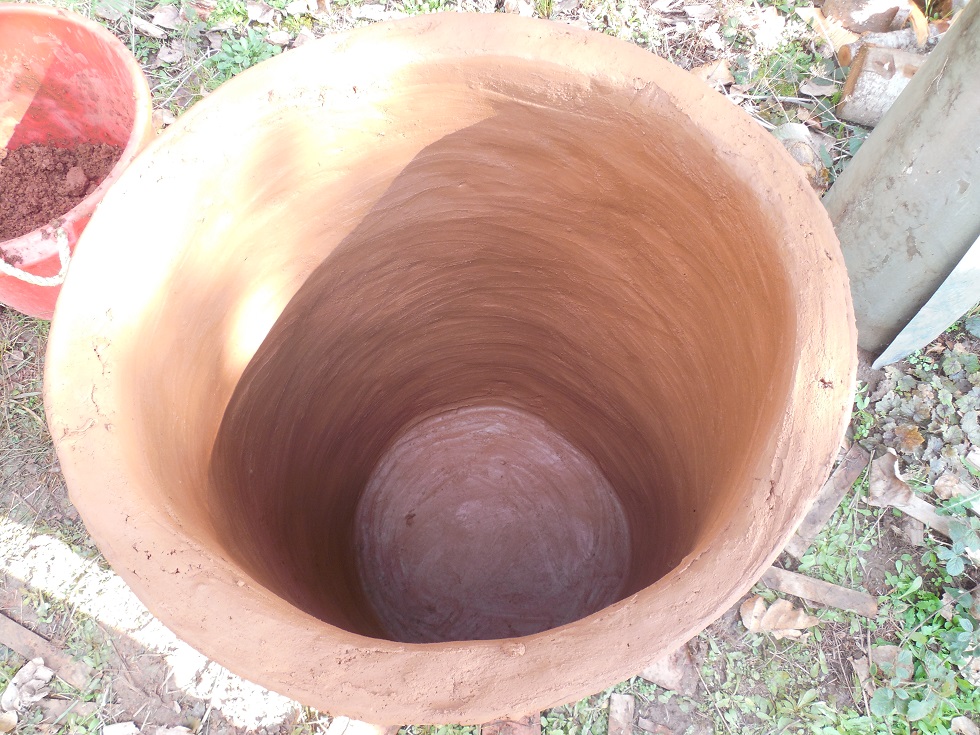
This was 100% local subsoil (a silty clay) that shrinks a little too much and leaves a bunch of cracks. I added sand to the version I am currently using, and that helps. Cracks are not really a problem, you just fill them in with more clay and keep going. After a few batches it bakes into a brick lining. The metal drum holds it all in place, and even though the barrel is long since rusted through in several places it is air-tight enough that the charcoal wont burn.
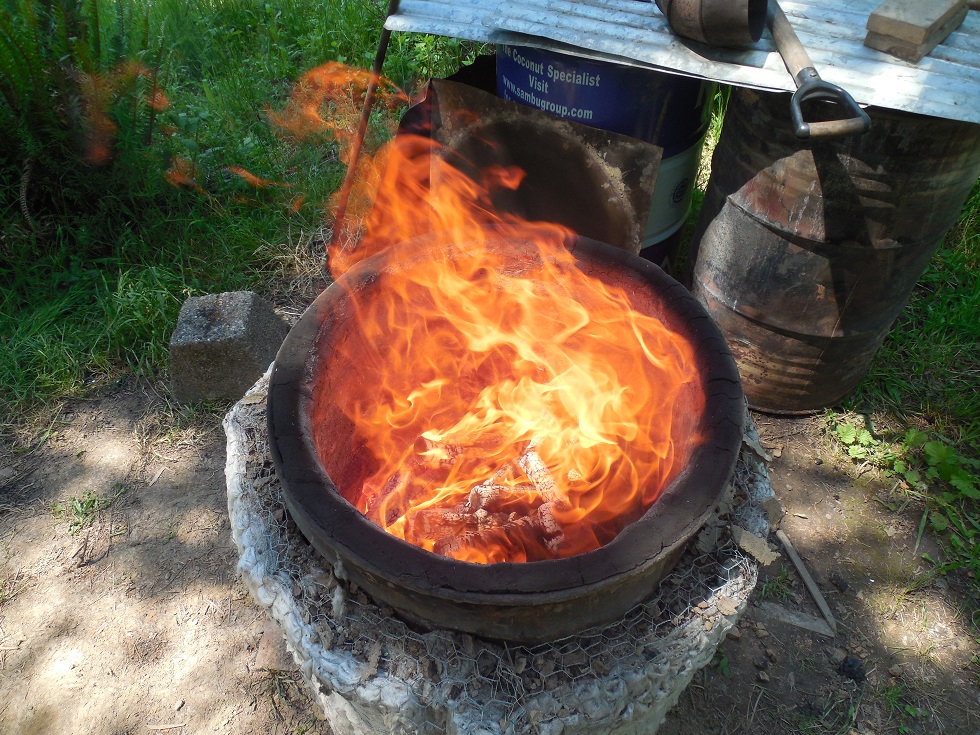
There is a tiny bit of smoke when you light it, and then it develops into a very hot and clean burn. The insulation no doubt helps with that, but I doubt it is strictly necessary.
Capturing all the excess heat put out by a charcoal kiln is the holy grail of charcoal production. I have thought about building a big steel plenum to heat water while I make char. With a thermosiphon and a holding tank I bet you could make a lot of hot water with a pretty simple setup. If I built something like Gary’s device, I would just leave the drum sealed at the bottom and then snuff it out with a heavy lid at the end of a run. Then you could roll it out on casters when it had cooled. It would need to be stoked continuously though. Which is not really a problem if you are working nearby anyway.
I have too much wood, though, so I dont really need the extra heat. Maybe someday when I dont have the energy to cut as much wood I will think about ways to be more efficient. Some sort of central boiler to heat all my little outbuildings does have a certain appeal.
Went through that whole smokeless charcoal thread. As usual information overload. There is smoke coming out of my ears. I think I’m making charcoal in my skull. Really like your tandoor In the first picture I don’t see any way to introduce air into the bottom of the barrel. In your video you say you just keep tossing more material on top of what’s cooking and then when you don’t feel like doing it anymore you cap it. Sound good to me. I mentioned somewhere about those ceramic drain tiles I have. I’m going to try loading one of those like that and see what happens.
I’m dead serious about making hot water for my greenhouse tank. You second picture looks like it would be easy to coil copper tubing around the barrel before you packed it with mud. Getting the charcoal out seems like a job but I’m guessing it could be vacuumed out. I have several problems that would need to be addressed. The back wall of the tank and greenhouse is three feet in the dirt so it would have to be dug down some in order to drawn water into the coil. I’ll have to take pictures tomorrow so that make sense. Also the top of the greenhouse is a heavy clear tarp. Any problems with ash flying up out of the barrel. I know when I’m feeding leaf blower air into the bottom of my barrel a lot of stuff flies out the top before it is burning well. I’m guessing that shouldn’t be an issue if you are just continually feeding the hopper.
These are pictures of the greenhouse tank I want to heat water for. Laid awake thinking about it for a long time last night.
That tank is 600 gallons. Doesn’t really need to be that big since I’m not going to use it for aquaponics right away if ever. That was the original plan for it though. The area outside in the second picture is low enough that I could set up a mud coated barrel out there and still feed a coil out of the tank to thermosyphon hot water back into it. The third picture is the opposite side of the greenhouse. The Rocket Mass heater barrel is behind that grow wall and those buckets are siting on the heated bed. Last year I never really got enough heat out of that heater to keep the greenhouse warm enough to grow anything besides lettuce and root crops so I want to find a way to get a lot more heat into it and utilize the waste heat from charcoal production to do so. I figure that much water is capable of storing a lot of heat.
Sounds like an interesting idea with the copper coil. Not sure if there will be problems with thermal expansion being mismatched. But, the nice thing is that you can just patch it.
Emptying it out is kind of a chore, but I use a steel grain scoop, and that makes it pretty easy. Wear a respirator, though, its very ashy and dusty.
Have you ever taken a temp reading at the outside of your barrel with the mud on the outside? I’d really like to embed PEX in the middle of that coating. I think PEX is good to at least 150 to 180 F. With water running through it I can’t see it ever getting to those temps. Not too worried about the thermal expansion and the coating cracking. I’d probably cover the coating with a sheet metal skin.
I experimented with using it as an updraft, but abandoned that idea and sealed the bottom. it smokes a bit when you first start it, because the air has a hard time getting all the way to the bottom of the barrel, and the thermal mass of the clay soaks up a bit of heat.
I do not recall ever taking a temperature reading of the outside surface. Inside it reads off the scale of my IR thermeter (which is around 1400F maybe?) I am pretty sure it has gotten hot enough to melt some of the rockwool insulation, and it has a pretty serious melting point.
I do not think plastic would survive, even with water running through it. My guess would be that the lower thermal conductivity of the plastic would make it unable to transfer heat away fast enough. The more I think about it, even a thermosiphon might not be enough to keep up with the heat generated - the water might flash to steam in the tubes. It gets Very hot.
I still think a heat-exchanger above the drum is the way to go. That way you are not dealing with such high temps, and you are not dealing with the issue of robbing the fire of too much heat when it is first getting going (although the thermal mass of the clay might make that a non-issue).
Definitely keep us posted. If my whole compound burns down, I might need a way to make hot water in my tin and tar-paper shack.
